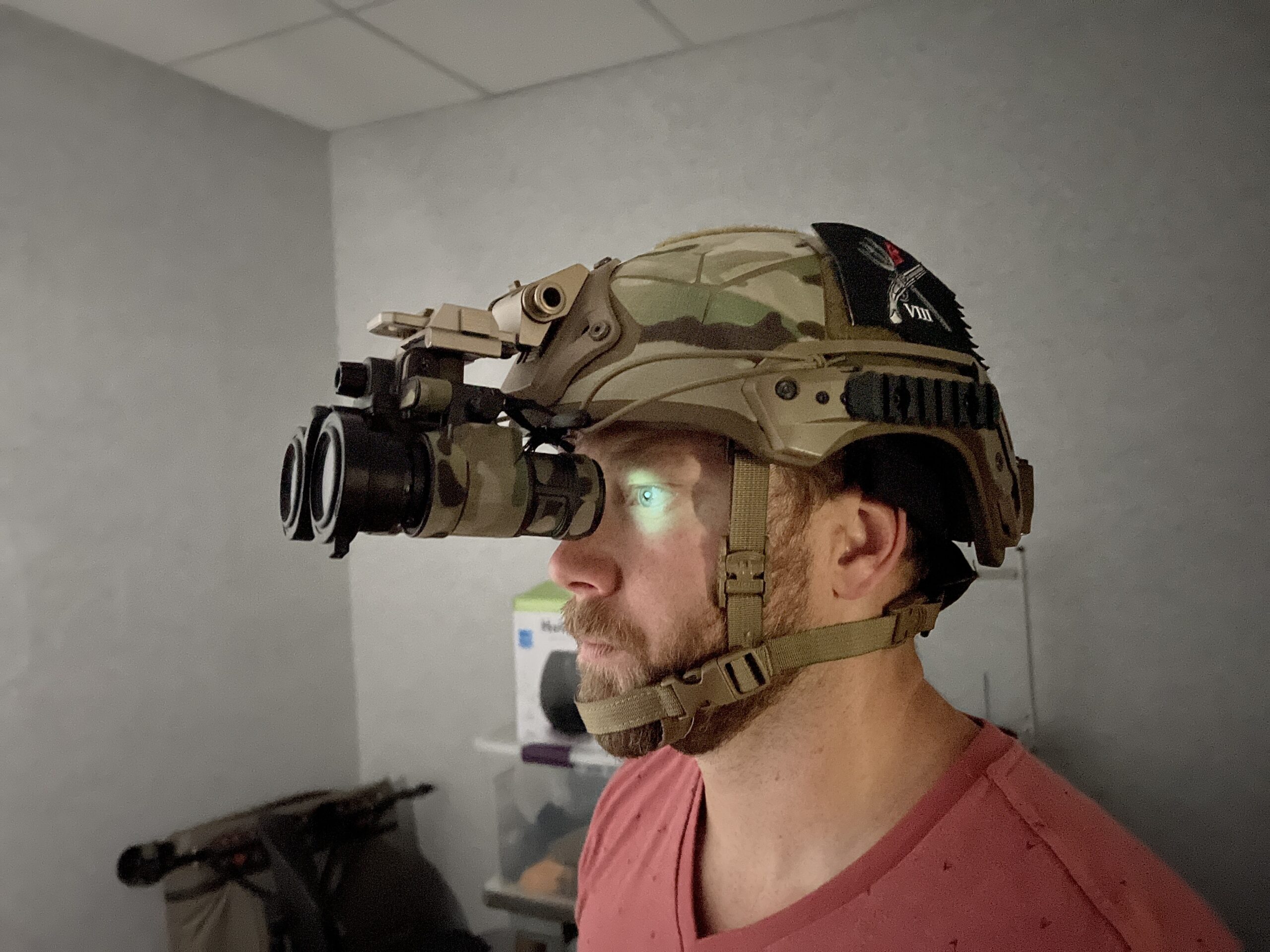
FULDA, GERMANY (07 June 2022)—Mehler Vario System GmbH, Europe’s market leader for ballistics, today announced that it and two of its subsidiary companies will be exhibiting together at Eurosatory 2022 from 13-17 June in Paris, France.
The three companies plan to present a variety of innovative products for military and special forces use including a lightweight covert vest, a certified hybrid helmet, a head-system bag, a unique modular protection-and-carrying system, high-performance combat clothing, and remarkably strong ballistic shields.
The Mehler Vario System subsidiaries are Lindnerhof-Taktik GmbH and Mehler Engineered Defence GmbH. The three companies will present from a single stand: K630 In Hall 6 of the Paris-Nord Villepinte Exhibition Centre.
This will mark the first time the Mehler Vario System group has exhibited at Eurosatory, a biannual tradeshow for ground- and air-based defence and security goods and services which since 1967 has grown dramatically in size and importance (the last time it was held, Eurosatory attracted more than 57,000 attendees and 1,800 exhibitors from around the world with even more of both expected this year).
At the Mehler Vario System stand, each of the three companies will display a collection of outstanding offerings and have specialists available to discuss product technical details.
“We’ve worked hard to develop and manufacture the industry’s finest ballistic products and solutions, and are very excited about presenting them at so prestigious an event as Eurosatory,” said Mehler Vario System’s Head of Sales Ute Wana. “Our goal as the European market leader in ballistics is to consistently introduce and refine products that at all times provide to our customers maximum safety and comfort.”
Wana suggested that the fulfillment of that goal can be seen in three of the company’s products slated for exhibition at Eurosatory: they are the Comfort IV covert vest, H6S ballistic hybrid helmet, and M.U.S.T. interlocking/interdependent protection-and-carrying system.
According to Wana, M.U.S.T. (short for Modular Universal Scalable Technology) is designed to allow wearers to swiftly expand (or reduce) the size of ballistic protection coverage they need and to easily attach (or detach) essential equipment. She said M.U.S.T. was co-developed with Mehler Vario System subsidiary Lindnerhof-Taktik of Lenggries, Germany, a renowned maker of high-quality tactical equipment systems.
For its own part at Eurosatory, Lindnerhof-Taktik will present a new line of lightweight, high-performance, “no frills” combat clothing consisting of combat pants, combat shirt, and field shirt, each available in Paris blue and other in-demand colours.
“The combat pants in particular are generating a lot of interest ahead of Eurosatory because they are the market’s only combat pants currently able to accept a variety of manufacturers’ knee-pad systems,” said Lindnerhof-Taktik Managing Director Jakob Kolbeck.
Kolbeck added that Lindnerhof-Taktik also plans to exhibit its rugged MX244 ultralight plate carrier, MX634 multi-radio bag, a new range of magazine pouches, and an assortment of multipurpose bags including a versatile head-system bag for toting a helmet plus helmet add-on components.
“We’ll have other product developments to show as well—developments that go beyond the standard range of what’s available on the market and that represent some rather intriguing possibilities for our customers,” said Kolbeck. “For example, visitors at our stand can get an up-close look at a novel chest-rig system we produced for a Belgian unit. It will illustrate what individualised customer solutions from Lindnerhof-Taktik can look like but also underscore the fact that we can develop and produce intelligent carrying-and-protection systems for users outside our traditional customer base.”
Meanwhile, Mehler Engineered Defence of Königslutter, Germany, will bring to the joint stand a spectrum of high-performance products designed to protect land, sea, and air vehicles against artillery fire, mines, and IED threats.
“In addition to samples of vehicle-protection superstructures, we’ll also present a host of new products that—like everything we manufacture—meet or exceed national and international standards,” said Mehler Engineered Defence Managing Director Christian Vahldiek. “And we will offer visitors to our exhibit a behind-the-scenes look at still other products we have in the development pipeline—products that speak to our top priorities which are continuous quality improvements and product optimisations based on practical experience.”
Taken as a whole, the presentations by the Mehler Vario System family of companies will generate significant interest among Eurosatory visitors, Wana predicted.
“Our joint stand will feature products and solutions for a number of different niches,” she said. “Importantly, what visitors will experience is a presentation delivered by three united and experienced companies, a strong community under the Mehler name. We believe that everyone who stops at our stand will appreciate the convenience of finding in one place the diverse products and insights they seek.”
For more information about Mehler Vario System GmbH and its subsidiaries visit www.m-v-s.com




























































































































